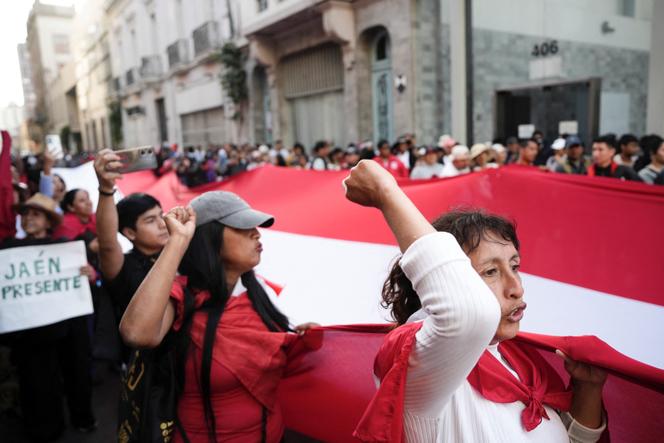


Julio Campos, 57, turned off his engine four times in 2025 to protest the crime wave sweeping Peru. A bus driver for the past 35 years and a representative of a transport union, he once again took to the streets of Lima on Sunday, October 12, ahead of the major national march scheduled for Wednesday. "We're being murdered for 5 soles [about €1.26]!" he exclaimed. "Extortion has become institutionalized. It's just another tax we have to pay to different criminal gangs. If you don't pay, they kill you! Every day, 30 soles from our day's work go straight to them. That's 30 soles less to bring home!"
The phenomenon of extortion has reached staggering levels in Peru since 2022, with the authorities failing to respond. Reports of racketeering have soared by 540%, and even by 900% in some neighborhoods of the capital. These figures are considered an underestimate, as many people are too afraid to file a complaint.
"It might not seem like much for a criminal organization, but just imagine: In San Juan de Lurigancho alone [the most densely populated working-class district in the capital, on the East side], there are 150,000 moto-taxis. If each one pays 3 soles a day, that's over 450,000 soles daily," said Herman Mendieta, 75, the president of another drivers' union and now retired from the job. "No gang is going to let go of their share of the pie."
You have 82.28% of this article left to read. The rest is for subscribers only.
